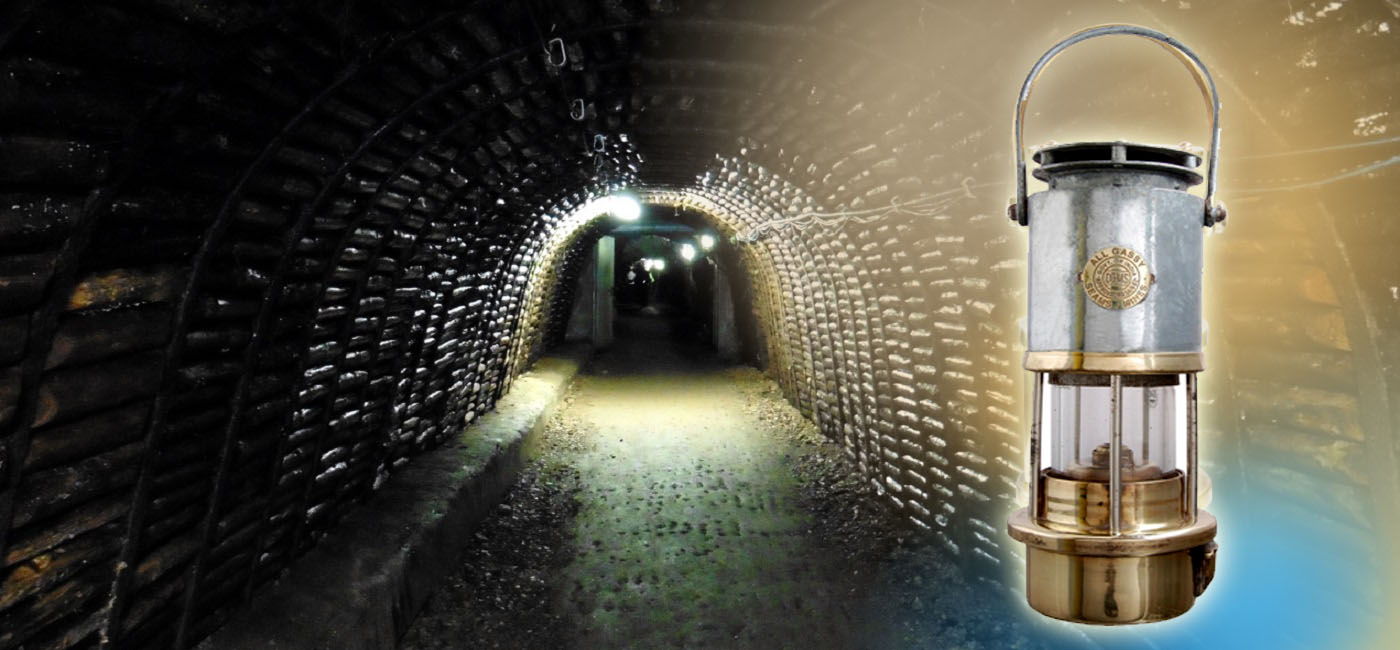
Flame Safety Lamp is a type that used in underground Coalmines and other hazardous gassy areas
Flame Safety Lamp is a type that used in underground Coalmines and other hazardous gassy areas for the finest detection of Methane Gas, Carbon-di-oxide, and deficiency of Oxygen. The flame never betrays or misleads the users. It is more dependable and convenient.
Safety lamp, lighting device used in places, such as mines, in which there is danger from the explosion of flammable gas or dust. In the late 18th century a demand arose in England for a miner’s lamp that would not ignite the gas methane (firedamp), a common hazard of English coal mines. W. Reid Clanny, an Irish physician, invented a lamp about 1813 in which the oil-fuelled flame was separated from the atmosphere by water seals; it required continual pumping for operation. In 1815 the English engineer George Stephenson invented a lamp that kept explosive gases out by pressure of the flame’s exhaust and held the flame in by drawing in air at high speed. In 1815 Sir Humphry Davy invented the lamp that bears his name. Davy used a two-layer metal gauze chimney to surround and confine the flame and to conduct the heat of the flame away.
